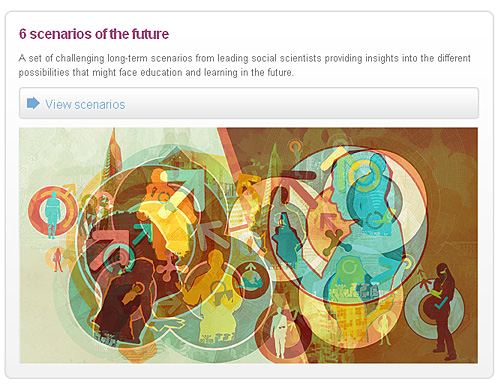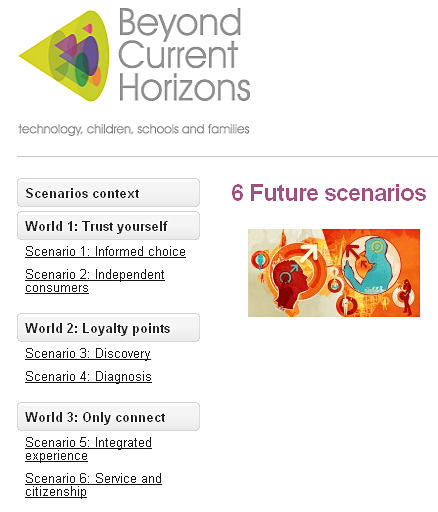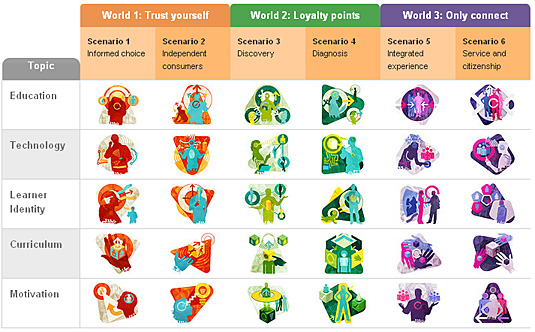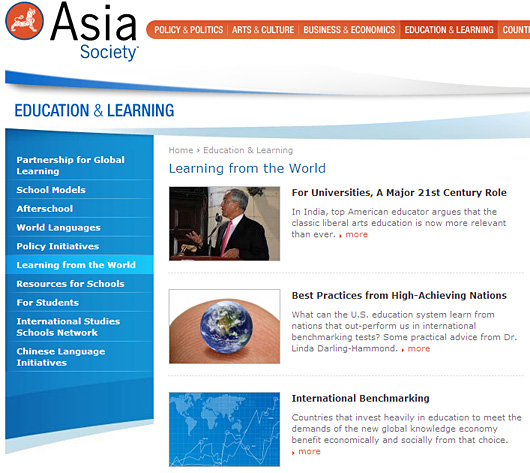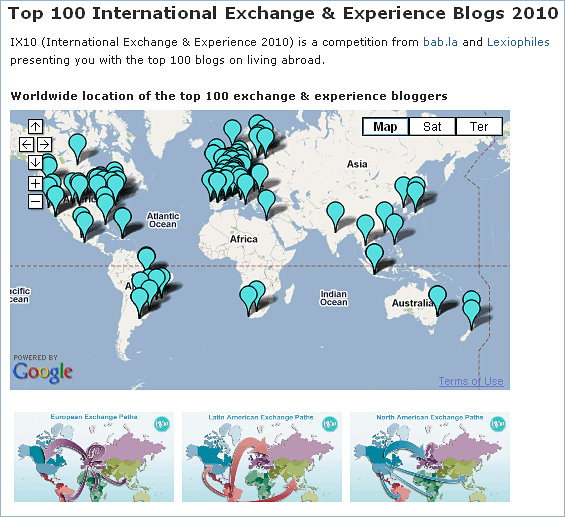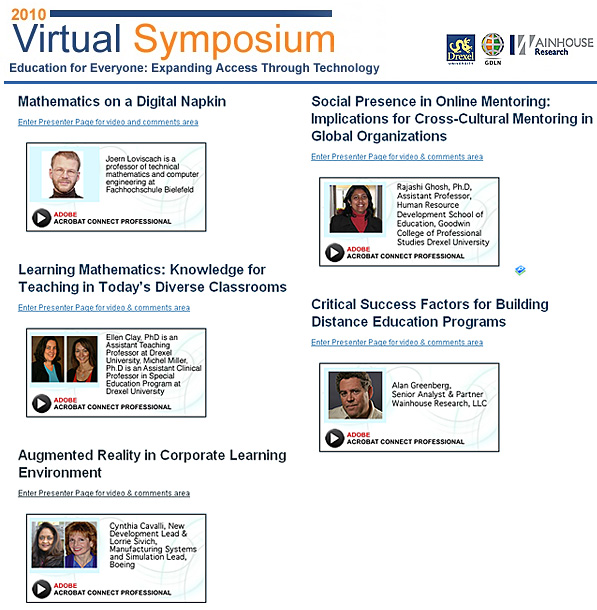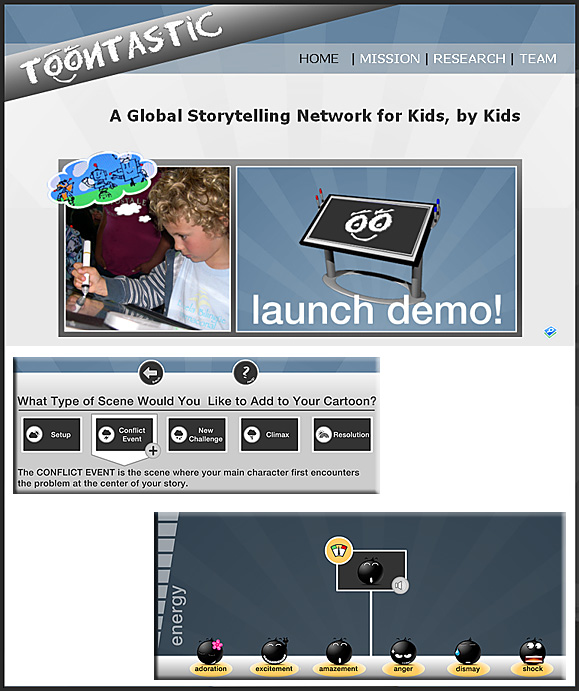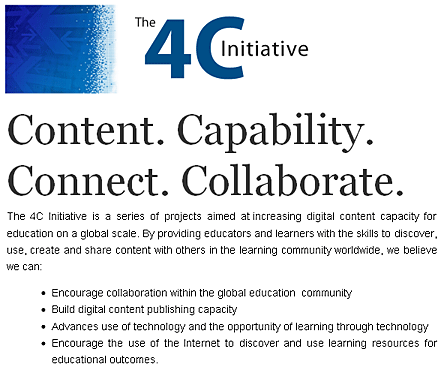2010 Annual Conference Presentations — from The Association of International Education Administrators (AIEA)
ENABLING WORLDWIDE LEARNING – THE “MULTI-VERSITY” — from Changing the Education Equation (part 3) – My Reflections on the 2010 HP Innovation in Education Worldwide Summit
This hybrid and distributed approach we used in our summit has wonderful (and challenging!) implications for how we think about “the learning institution” (universities, colleges, school systems), and there are many institutions already seeing the “disruption” at the end of the tunnel.
Ray Schroeder, one of our presenters on the panel, “Learning without Limits…” sent me a post-summit email in which he shared one example of the changing education institution, which he calls the “Multi-versity”:
“…following on Michael Horn’s predictions that community colleges and online universities are the delivery platforms in higher education today and tomorrow, [I believe] that the “day-after-tomorrow” will be the advent of the multi-versity. That is, colleges and universities collaborating in offering a vast range of interconnected classes from which students will select to fulfill degree requirements that allow for nearly unlimited emphases and specializations. The motivation for these multi-versity collaborations will be both push and pull – the economy is pushing higher education to become more efficient through sharing resources and the students are pulling universities to be more responsive to their individual needs for access to a wide range of classes. This, I believe is the true potential of [Google] Wave as a Web 2.0 platform, to enable and facilitate inter-institutional class collaborations that provide a diversity of perspectives and a rich breadth of information sharing.” (emphasis DSC)
From DSC:
I don’t mention this to support or plug Google Wave. Rather, I mention it because the idea of a multi-versity is a model that could easily happen (and, in fact, is already occurring to some degree).
The 4C Initiative is a series of projects aimed at increasing digital content capacity for education on a global scale.
Content. Capability. Connect. Collaborate.
My objective with this blog is to provide you with a broad-range of insights and resources regarding some tools, technologies, and strategies that help people learn and communicate. I address elements that relate to the worlds of higher education, K-12, and the corporate training/development. I seek to identify and relay patterns and trends in the quickly-changing landscapes out there, helping folks keep a pulse check on such items as:
- 1:1 computing, AI, personalized learning
- “The Forthcoming Walmart of Education”; changing business models, opportunities, and threats within the world of higher education
- The disruptive power of technology
- What elements should be in your learning ecosystem
- “Learning from the Living Room”
- Keeping students engaged
- Digital storytelling
- Multimedia (tools, techniques, trends, other)
- Mobile learning
- Building your global network
- Instructional design
- Web design and production
- …as well as other educationally-related topics.
To get an idea of my views on the above topics — along with some of the other topics I’ve covered in the last 3 years — please feel free to review my personal site at Calvin College. Here’s an example archives page covering all of 2009: http://www.calvin.edu/~dsc8/announcement_archives_2009.htm
I look forward to our future discussions as we try to make our individual and corporate contributions to the worlds of education…thereby making the entire world a better place.
Sincerely,
Daniel S. Christian









